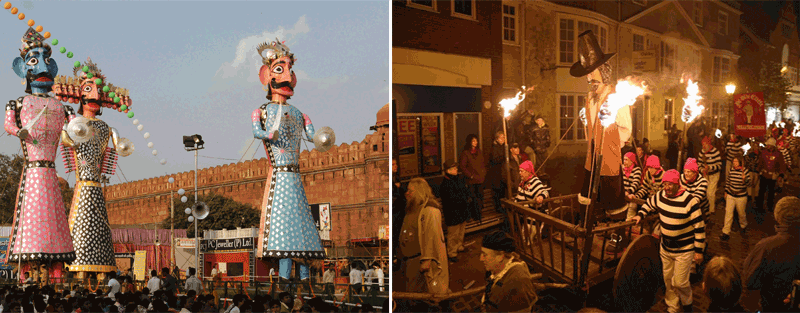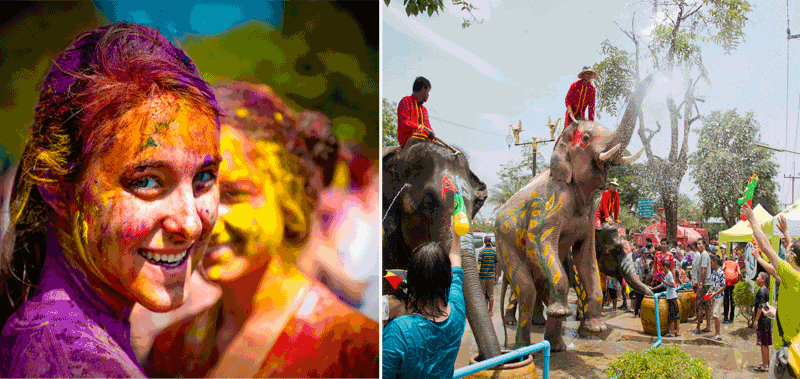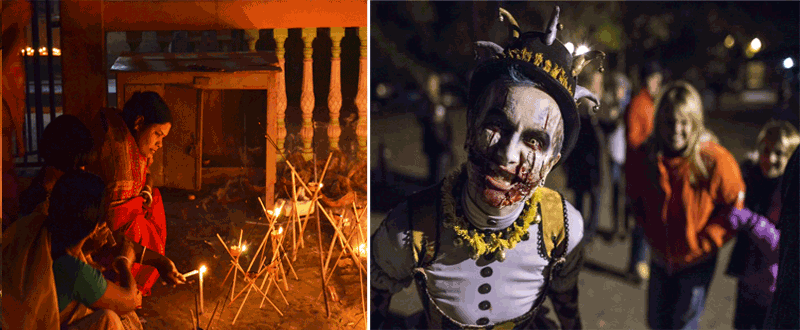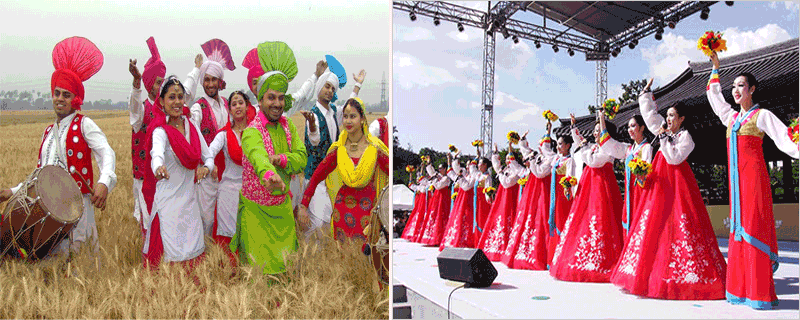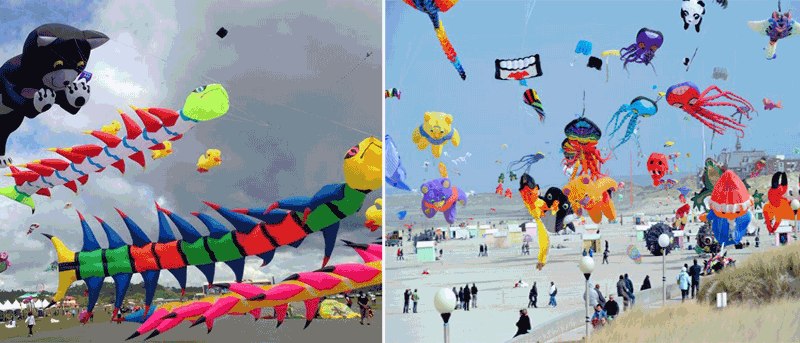Festivals, be it cultural, musical, culinary, or any other form of festival, holds the roots and traditions of a particular region. It defines and signifies the vibrant history of that land and its people, their beliefs and lifestyle; it’s a distinguishing factor amongst nations.
Interestingly, there are few cultural fiestas in the world which, although have different origins, share the same thought process and ethical reasons, behind their celebrations, with some of the major festivals of India. Check out this list of Indian festivals and their foreign doppelgänger;
Dusshera (India) and Guy Fawkes Day (UK)
Celebrated in: Dusshera (all over), Guy Fawkes Day (all over)
Theory Behind: The Hindu festival of Dusshera is a denotation of victory of ‘Good’ over ‘Evil’. The day is celebrated to mark the victory of Lord Shri Rama, who killed and defeated Ravana, the evil king of Lanka. On the other hand, the British festival of the Guy Fawkes Day (aka Guy Fawkes Night) is marked as the celebration of the execution of Guy Fawkes in 1604, who was convicted for conspiring the murder of the then monarch, King James.
While the former holds a mythological significance and idea behind its origin, the latter is an inspirational historical event, but the reason for celebration and bottom line message is the same; “Victory of Good over Evil”.
Time of celebration: Dusshera (Sept-Oct; depending upon the lunar cycle), Guy Fawkes Day (5th November)
Way of Celebration: Burning effigies of evil.
Holi (India) and Songkran (Thailand)
Celebrated in: Holi (all over), Songkran (all over)
Theory Behind: The colorful festival of Holi, one of the largest in India and most intriguing festivals around the world, is a festival of happiness, togetherness, and new beginnings. It is marked as the arrival of spring season in India, and also the victory of good over evil. On the other hand, the Songkran festival in Thailand is the traditional Thai New Year festival, also known as the festival of water.
Time of Celebration: Holi (March), Songkran (13-15 April)
Way of Celebration: Holi (throw colors and water on each other, share sweets), Songkran (throw colored water on each other and share sweets).
Bhut Choturdoshi (India) and Halloween (US)
Celebrated in: Bhut Choturdoshi (West Bengal), Halloween (all over)
Theory Behind: Interestingly, the theory behind both these festivals and the way they are celebrated is overwhelmingly similar. People in West Bengal state, believes that, on this night the spirits wander free on the streets, and try to take shelter in their houses. In order to thwart this effort, and keep their homes safe, they light candles and lamps and put them on the doors of their homes. The same concept is been followed during the Halloween night, where Jack-o-lanterns (carved pumpkins) are kept outside homes with candles lit inside them.
Time of Celebration: Bhut Choturdoshi (end of October), Halloween (31st October)
Way of Celebration: putting candles and lanterns outside houses.
Baisakhi (India) and Chuseok (Korea)
Celebrated in: Baisakhi (Punjab), Chuseok (South Korea)
Theory Behind: The common interest in both these festivals is the jubilance among the farmers for a successful harvest season. Both the festivals go a long way back into the history of respective countries, and have been celebrated ever since. While, Baisakhi is celebrated in the northern state of Punjab, with people dancing on the beats of Punjabi folk music and share sweets and gifts, the festival of Chuseok witness a massive celebration all across South Korea, with in the farmer fraternity.
Time of Celebration: Baisakhi (April), Chuseok (September)
Way of Celebration: Baisakhi (traditional Punjabi folk dancing Bhangra and Gidda, share sweets and gifts), Chuseok (5000 years old ancient harvest dance of Ganggangsulle).
Makar Sankranti (India) and The Bermuda Kite Flying Festival (Bermuda)
Celebrated in: India (all over, except South), Bermuda (all over)
Theory Behind: Although, the festival of Sankranti is another auspicious harvest festival in India, the keen attraction of this day is the flying kites. Many cities in the northern states of India witness the skies all covered with colorful kites; this is considered to be a way of sending thanks to the God. The kite festival of Bermuda symbolizes the resurrection of Jesus Christ and his ascent to heaven.
Time of Celebration: Makar Sankranti (January), Kite Festival (April)
Way of Celebration: Flying Kites, variety of food and delicacies.
India is the birthplace of 4 of the world’s major religions (Hinduism, Buddhism, Sikhism, and Jainism), and is well known for its myriad of festivals, which are celebrated all year round, in each and every corner of the country. If you are planning a trip to India in near future, make sure you sync your arrival according to the fall of any of these festivals, and celebrate them the Indian way!

